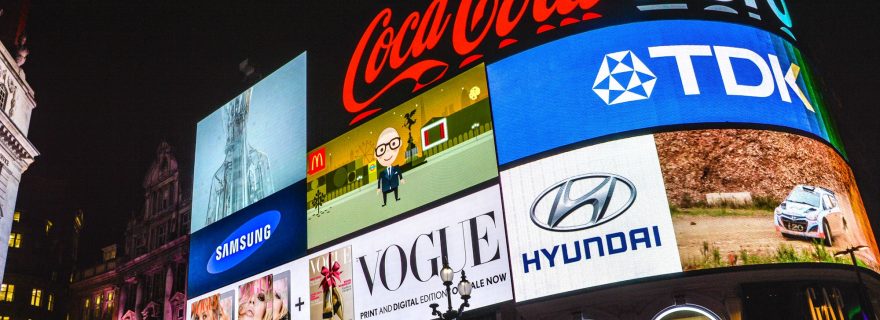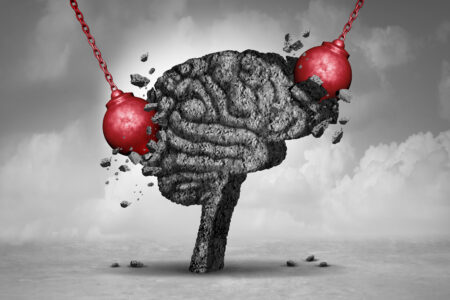Brand Loyalism: All Show, No Meat… And We Still Love It
In the age of consumerism and glossy advertising, it’s becoming harder to focus on what’s essential. This is no secret and brands surely know it. In a highly elusive market, you, the consumer, are an important asset and they want you to pledge allegiance.
The peacocks of the industry
“Powerpoints are the peacocks of the business world: all show, no meat.”, says Dwight Schrute, a character in the American sitcom, The Office. Regardless, we all love Powerpoint presentations. They are short, to the point, and they get the message across.
In marketing, “no meat” is a bit of an overstatement. Still, the show certainly makes up a big part of consumer attraction. Imagine there was no advertising and no show. How would we know if we should buy an Apple or Samsung phone? Or couldn’t we have chosen less popular brands like LG, Huawei or Nokia? Whether we admit it or not, industry giants have been around for so long that their peacocks have become an integral part of our lives. Some are more beautiful than others. We are hardwired to see the colorful feathers first, not the meat (or lack of it).
What do we want? What do we need?
Nowadays, that’s hard to tell. To be honest, I no longer remember why I first felt the urge to grab a can of Coca-Cola and drink it. I didn’t even know what was in it… and I still don’t. Perhaps it was the people in the commercials who were enthusiastically drinking it like it was the best thing in the world? So as a kid, I thought I needed it. The people in the commercial told me as much. So I wanted it. That’s how it started. Could I have gone years without drinking Coca-Cola? Absolutely. The peacock was just too pretty for me to ignore back then. The issue here is that I never stopped to consciously think about what I needed. It was forced on me in a way. Similarly, I never knew I “needed” a phone with so many complex features until one day technology moved beyond my imagination and the new Apple and Samsung devices were suddenly the norm. Everyone else had one. Advertising told me I needed one. So I needed one. I wanted one.
How do they get us to consume?
Needless to say, advertising is everywhere. It’s beyond our control, even. In social media, you may often encounter ads that surprise you by how much they “know” about you. On the internet, no action of yours goes unnoticed. Even if you simply Google a product with an intent to purchase it and then decide not to, your search leaves a print. And whether you want it or not, you’ll encounter ads about it all over the internet. The continuous and implicit exposure to a product is intended to prime you for consumption. This may not seem like a perfect strategy at first, but it has been proven to, at least, increase “brand familiarity” in the long run. Repetition of an image, a simple logo, a catchy jingle etc. … these are all components that trigger consumer behavior. It probably won’t make us fall in love with the brand immediately, but when we’re in a scenario requiring us to choose between a familiar brand and a brand unknown to us, we are more likely to choose the former.
In short, advertising is a significant part of building a loyal customer base. As consumers, on the other hand, we should be aware enough to weigh up the pros and cons of a product and see through the often elusive ways of advertisement. When it comes down to it, all those colorful peacock feathers don’t actually weigh very much! However, they are certainly distracting and we just might forget about the meat we’re after.




